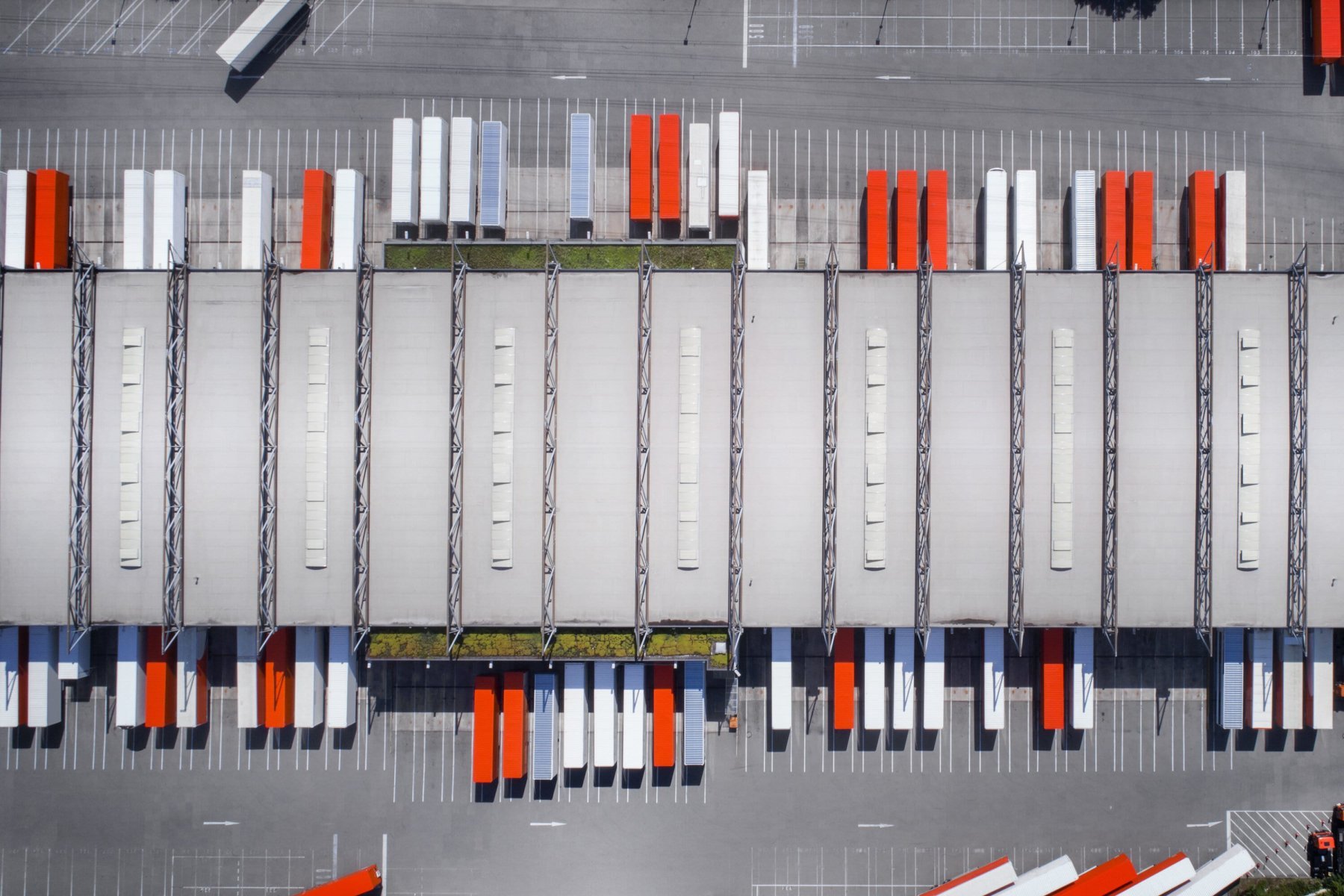Logistics costs depict expenses spent for moving goods from their original point to the end consumer.
They are dynamic and often include transportation, warehousing, inventory carrying order processing, and administrative costs for supply chains.
Effective logistics budgeting is not all about monitoring these metrics; this strategic tool empowers you to succeed in the following areas:
1. Think about developing a clear financial roadmap. With its help you can allocate resources effectively, ensuring cost-conscious operations and strategic planning.
2. Proper budgeting lets you set financial goals. Defining clear targets allows for measuring performance and making thoughtful decisions throughout the year.
3. A well-defined logistics budget empowers you to make informed choices.
4. Budgeting allows you to manage your cash flow effectively.
When examining logistics costs, you should know the difference between direct and indirect costs in logistics. Direct costs are precise and often billed per service (e.g., fuel surcharges for transportation or work payment in warehousing).
Indirect costs are less visible, but they significantly affect the result. Contact us to get practical solutions for your smooth logistics operations and effective logistics cost management.
5 types of logistic costs
Transportation expenses, often the most substantial aspect of logistics costs, include costs related to shipping via air, rail, road, or sea. Transportation is frequently the most considerable direct cost within logistics. This includes fuel, maintenance expenses, freight rates, and driver compensation for your route planning.
Warehousing costs are typically direct and refer to physical space to store inventory. They also involve warehouse management systems that control inventory levels, the labor needed for picking up and packing orders, and maintaining an optimal environment (e.g., climate control).
Inventory carrying costs reflect the expansive economic essentials for stock management. If the direct costs include the purchase price of the goods, indirect ones, in contrast, may lose value or insurance over time.
Beyond the money invested in inventory, these costs account for the risk of unsold/outdated goods. Minimizing charges gradually reduces their value, while continuing costs such as taxes and insurance should still be controlled.
Order processing costs are the labor expenses for operating customer orders accurately. The direct expenses are associated with the physical actions and materials needed for picking up, packing, and shipping goods, as well as packaging and labeling.
Administrative costs are typically indirect and include management staff salaries, the cost of deploying logistics software, and other expenses critical for the overall operations.
What else can affect the budget?
Base freight rates
Negotiate year-long rates if your shipping volume is high. This provides cost predictability for pricing your products. However, carriers may require minimum shipment commitments, and penalties can apply for falling short. SeaRates’ Logistics Explorer allows you to search from more than 500,000 ocean freight quotes to get the latest international freight shipping rates.
Surcharges
Fuel, currency fluctuations, and peak-season spikes significantly impact costs. While fuel and currency surcharges are updated quarterly, estimate future costs based on trends. Peak surcharges typically occur in the fourth quarter for Far East trade—research "General Rate Increases" by carriers for additional cost factors.
Local/Domestic freight
Partner with local and national carriers for volume-based discounts for freight cost optimization. Evaluate the cost-benefit of maintaining your own trucks and drivers versus outsourcing to a Third-Party Logistics (3PL) provider.
Import/Export customs brokerage
Customs brokers typically offer fixed fees based on shipment complexity (number of products, HS codes, reporting requirements) and value. Additional services like RMD and PARS clearances come with extra charges. Get written quotes for all services.
Cargo insurance
While a relatively small cost compared to shipment value, insurance can add up quickly for high-volume businesses. Negotiate annual premiums for better budgeting. By booking a shipment at SeaRates, you will receive an explanation of all insurance points that will help you choose an insurance policy.
Warehousing
In-house warehousing can be expensive due to real estate, staffing, equipment, and insurance costs. Take a 3PL warehouse into account for potential cost savings. Most 3PLs offer Warehouse Management Systems (WMS) for transparent inventory and order management.
Other factors to consider when measuring logistics costs
Timing plays a crucial role in your logistics budgeting. The perfect scenario is planning your logistics budget early enough in your fiscal year to access reliable data from the current year.
Additionally, you can use cutting-edge systems for in-depth cost analysis and beneficial perceptions. However, these systems require particular knowledge and can be expensive.
Benchmarking against competitors is helpful as well. By contrasting your anticipated costs for logistics with industry standards, you are able to determine if your spending aligns with the plan or requires adjustment.
Furthermore, try to adhere to transparency throughout the budgeting process. Document your assumptions, mentioning such details as anticipated freight volumes, the level of desired service quality, and geographic expansion goals.
To measure your logistics performance effectively, we advise you to determine key performance indicators for your operations. Among the relevant KPIs are the cost of transportation for each shipped unit, the cost of warehousing per square foot, inventory carrying cost as a percentage of total inventory value, and order accuracy rate. These metrics should be in line with your overall strategic objectives and provide valuable data on the effectiveness of your operations. You can also collect accurate data from different departments (procurement, warehousing, transportation, and customer service). Afterwards, you can use it to calculate the chosen KPIs. Wondering how to determine your transportation cost per unit? Simply divide your total transportation costs by the number of units shipped. When you are done, compare the KPIs against your past performance to identify the areas where you can start reducing logistics costs.
Bottom line
Remember, achieving cost-effectiveness in logistics is an ongoing process that involves a constant search for new methods. Think about investigating the latest technologies to enhance the efficiency of your business operations, negotiating lower prices with carriers, or maximizing your warehouse storage.
At SeaRates, we are skilled in developing a logistics budget that enables your business to turn a profit. Request an IT quote to receive a smart tool for planning your resources effectively. If you need any help, you can always contact us at [email protected].

